Leaving Gniew we headed north along the Vistula River, once again immersing ourselves in the rural splendor of this part of the country. Today our sights are set on Gdańsk, one of Poland’s most beautiful and cosmopolitan cities, and the largest city in northern Poland.

Gniew to Malbork Castle to Gdańsk
DAY #21 of 35 Poland 1,318 miles total
Our indirect route took us slightly out of the way (what’s an extra 27 miles…) to the beautiful town of Malbork for the chance to visit its spectacular castle. Although there was an optional shorter ride directly to Gdańsk with a later start, it meant skipping Malbork Castle; with its claim of being the largest castle in the world measured by land area and a UNESCO World Heritage Site, we couldn’t pass up the visit to Malbork.
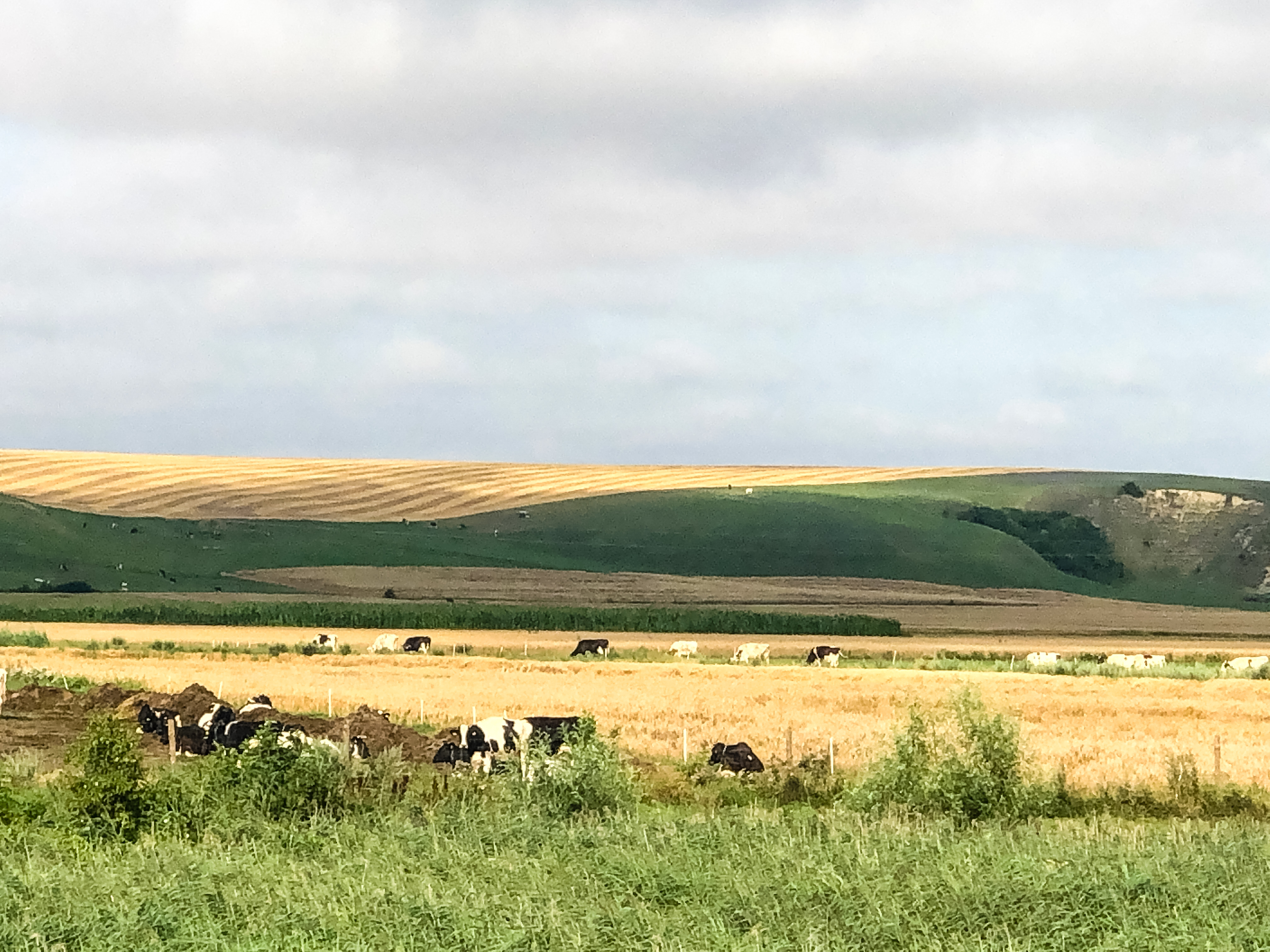
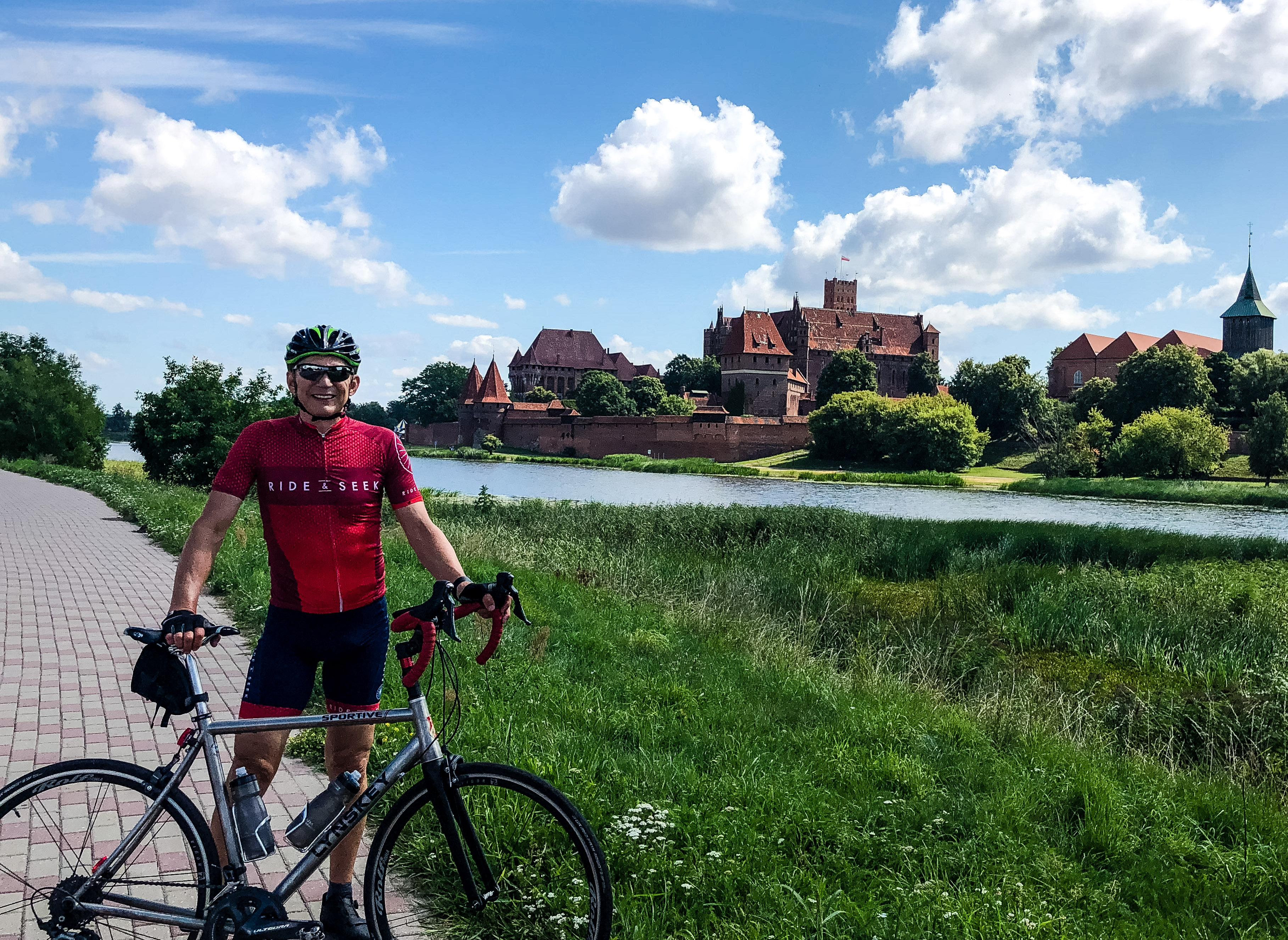
Malbork Castle is the world’s largest castle measured by land area, the world’s largest brick castle, and a UNESCO World Heritage Site. WOW!
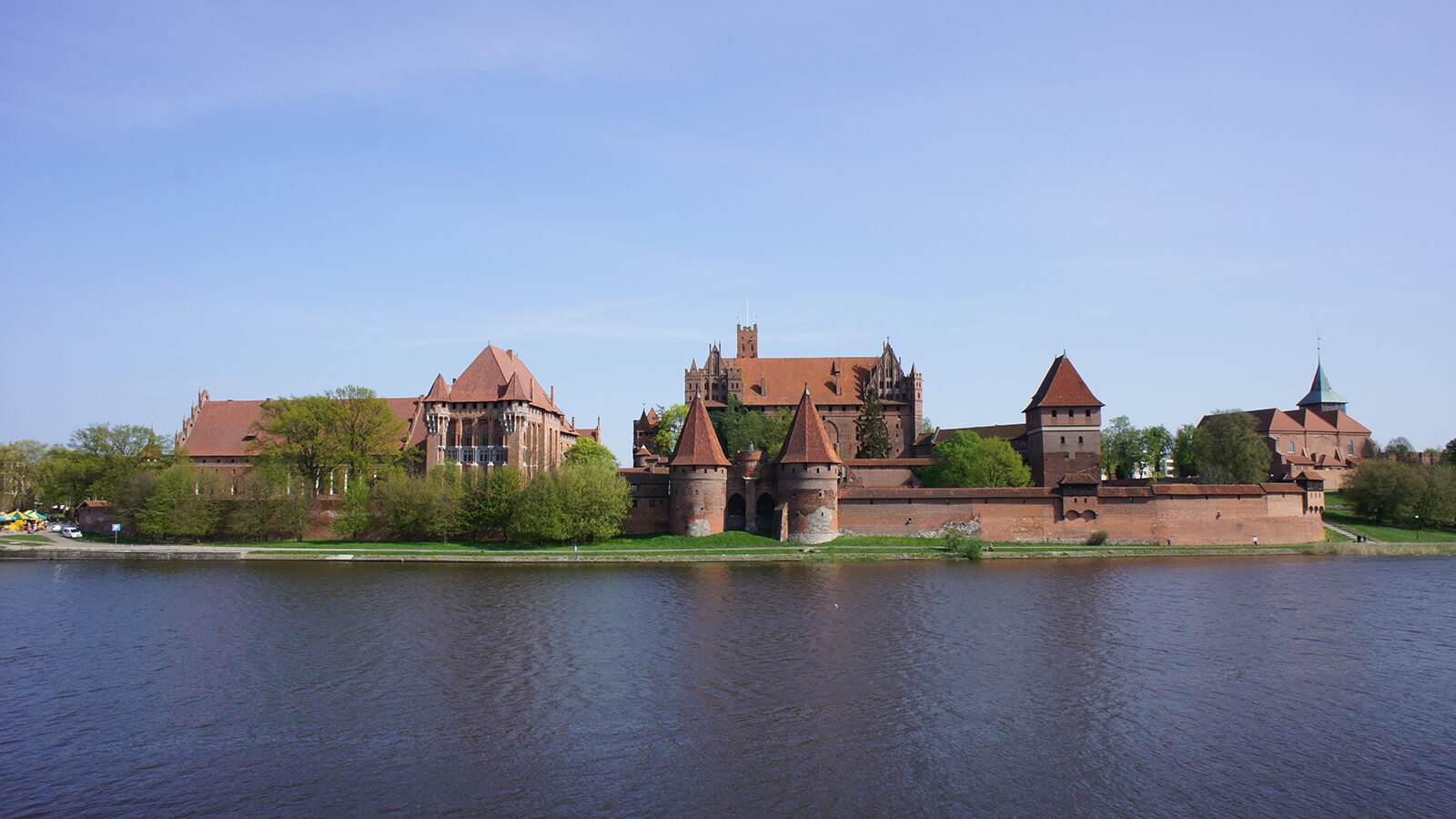
The Castle was a fortress of the Teutonic Order of Knights, a religious order from the Middle Ages. The Teutonic Knights Christianized this area in the 11th-13th centuries. The castle is a 13th-century example of a fortified monastery that was substantially enlarged and embellished after 1309, when the seat of the Grand Master moved here from Venice, Italy.
Interesting: During this period, only the ruling elite needed to subscribe to religious beliefs, and they were a small minority. The philosophy of the subsistence-level peasants, who believed in many gods and other idols that would today offend the pope, was as long as the ruling elite protected them, they (the ruling elite) could believe what they wanted. And the Knights’ philosophy in regard to the peasants was that as long as they paid their taxes, crop shares, etc. and followed the rules, they (the peasants) could believe what they wanted. Even the Pope didn’t care. It was only with the Reformation that the elite felt the need to purify and convert everyone to subscribe to the same beliefs. (The Reformation was the major 16th century European movement aimed initially at reforming the beliefs and practices of the Roman Catholic Church. Its religious aspects were supplemented by ambitious political rulers who wanted to extend their power and control at the expense of the Church.)
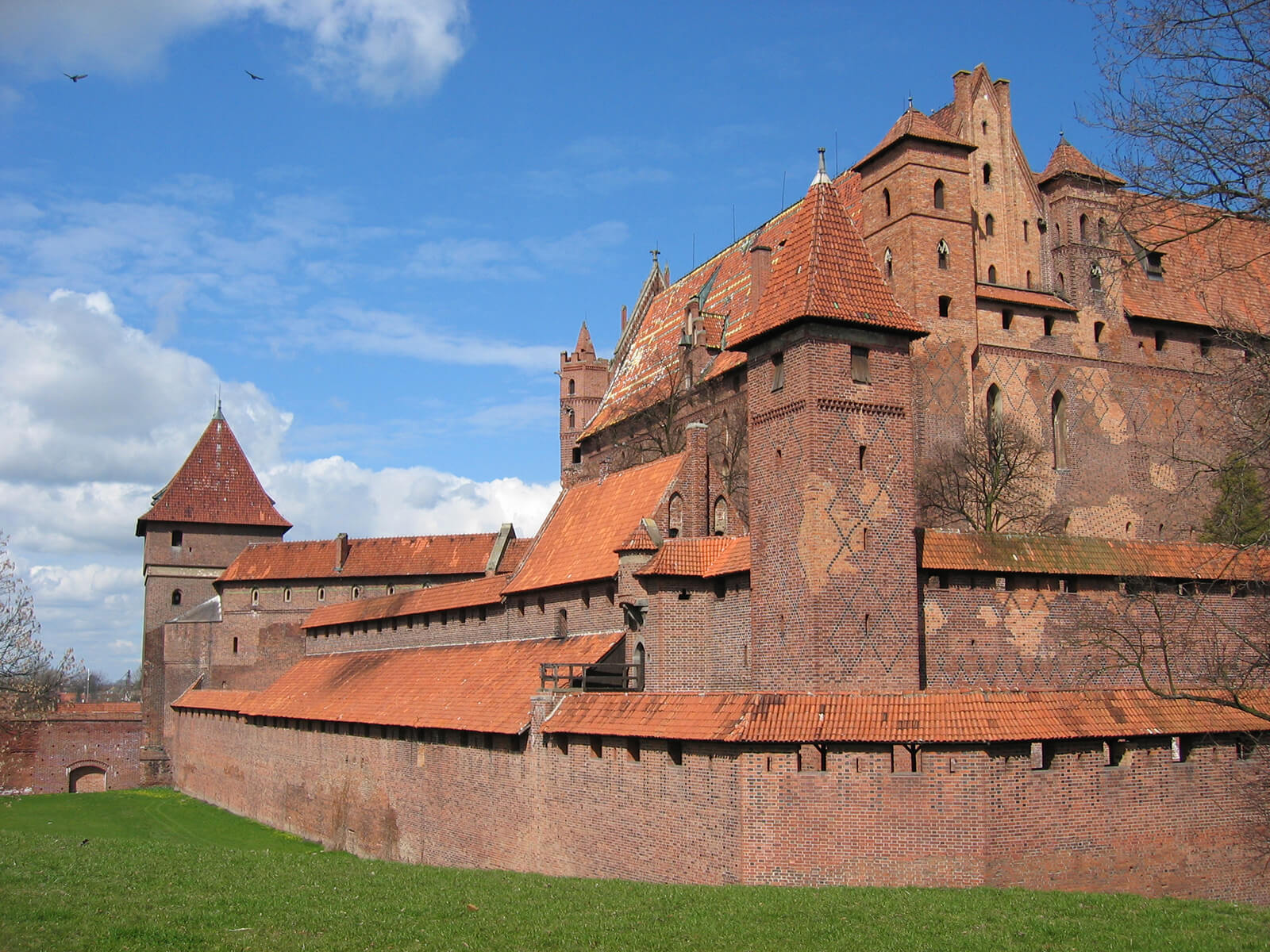
A particularly fine example of a medieval brick castle, it later fell into decay, but was meticulously restored in the 19th and early 20th centuries. Many of the conservation techniques now accepted as standard were evolved here. Following severe damage in the Second World War it was once again restored, using the detailed documentation prepared by earlier conservators. Malbork Castle is an important monument to the monastic state of the Teutonic Knights and unique in the history of Western civilization.
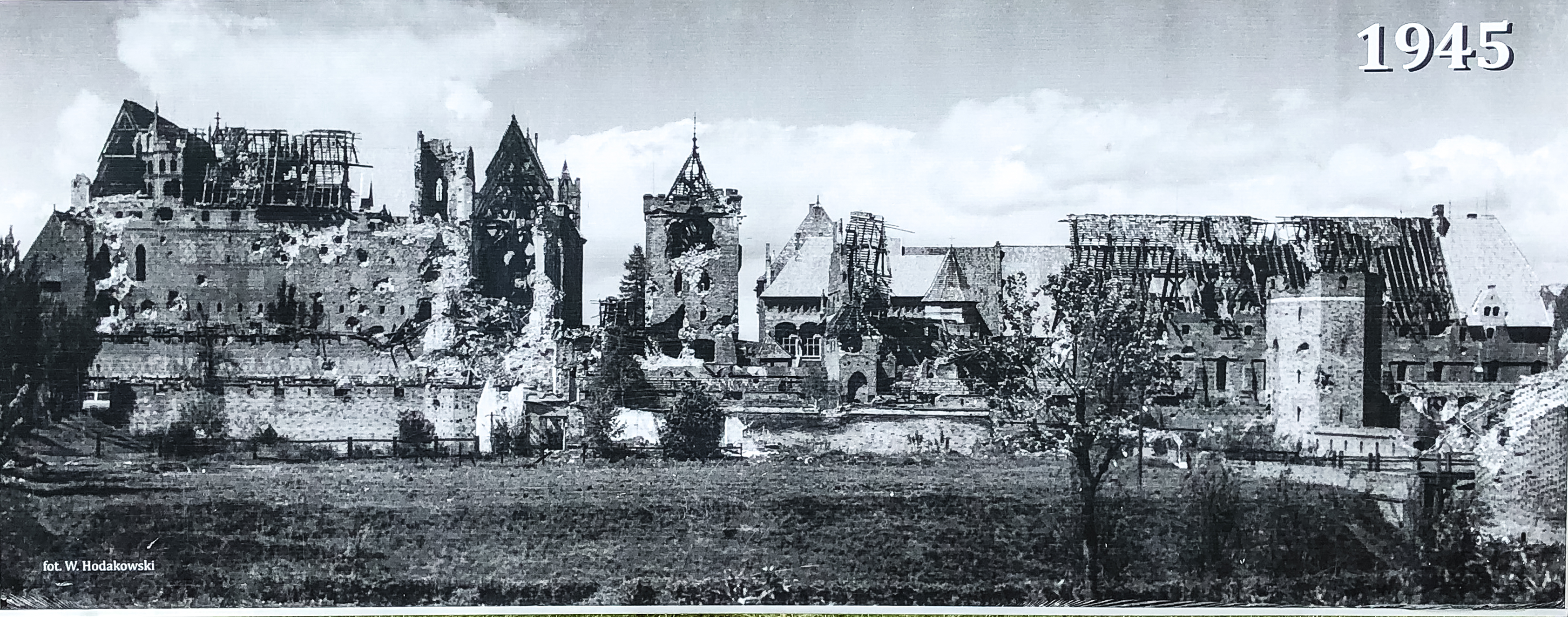
Trivia Fact: The size and strategic location of the castle along the Nogat River allowed it to tax passing ships. In the 14th century it controlled a monopoly on the trade of amber.
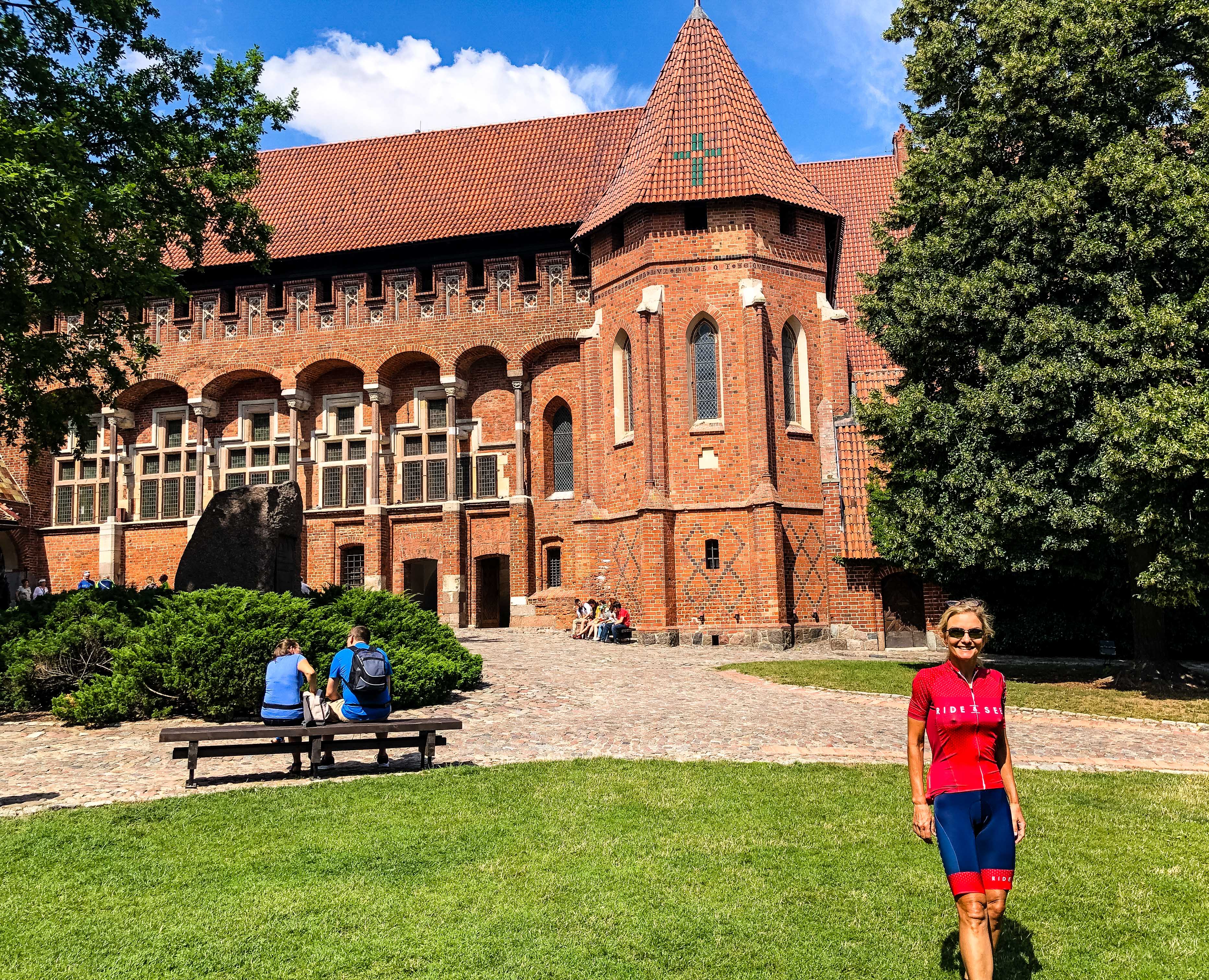
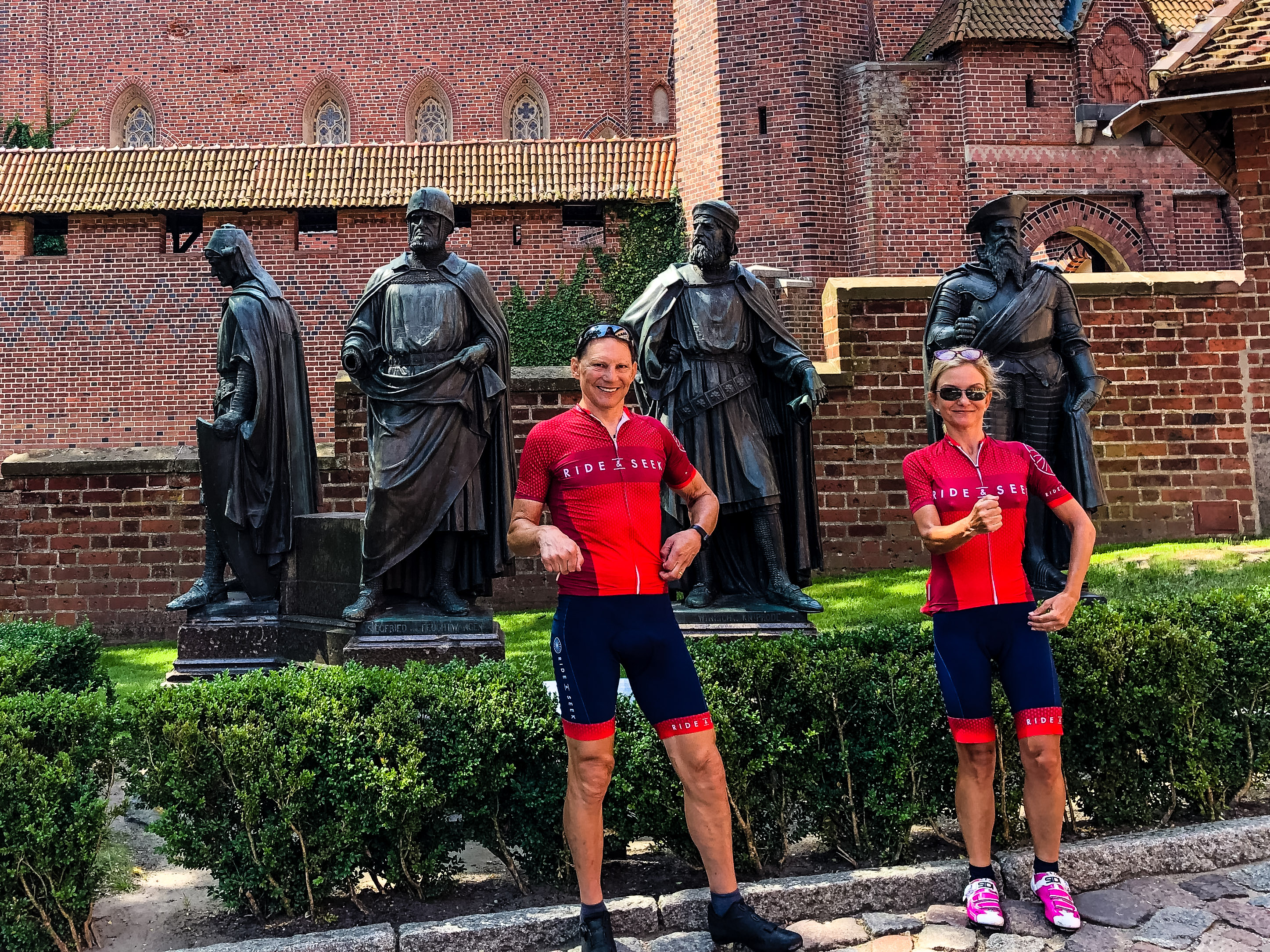
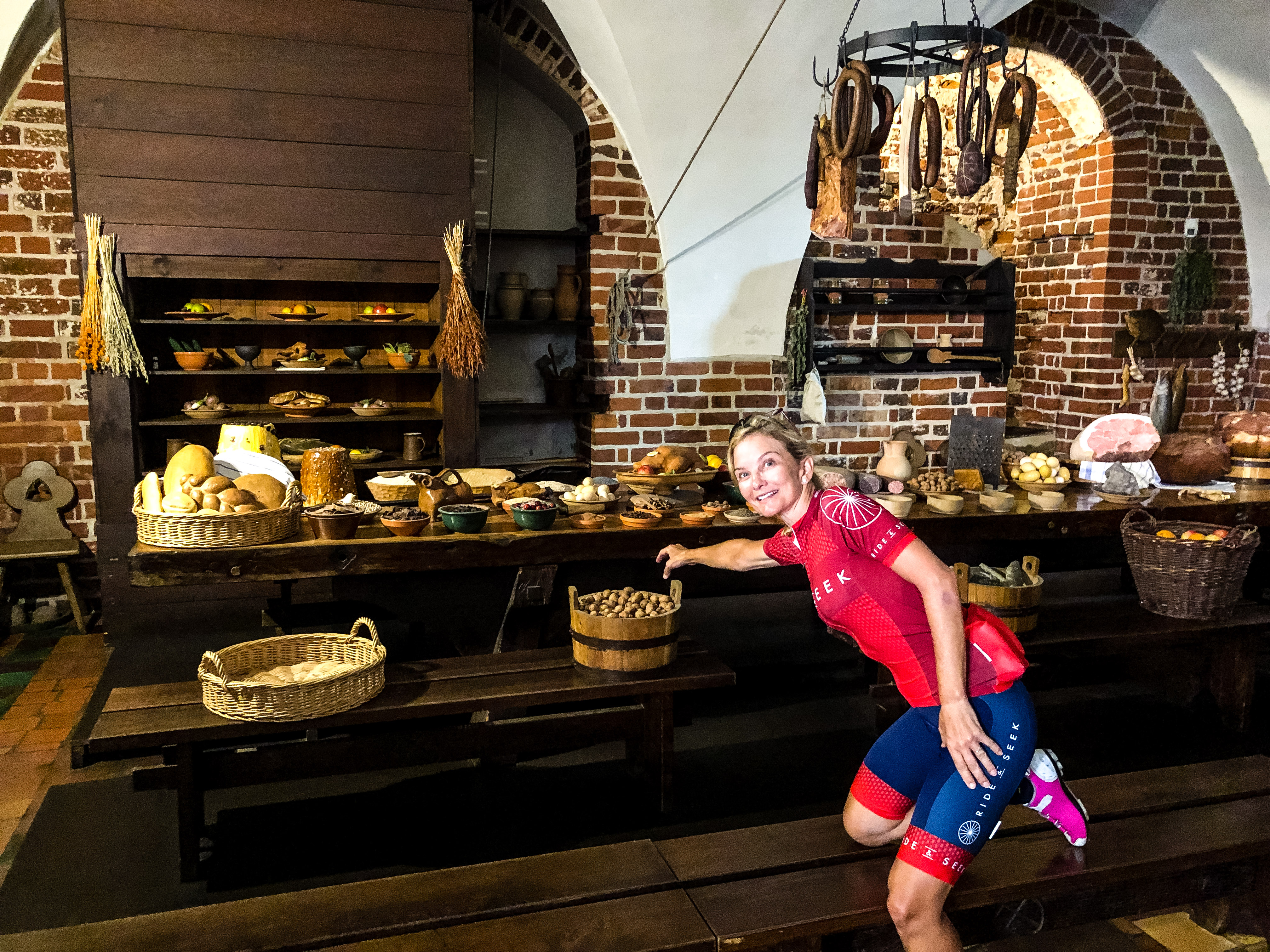
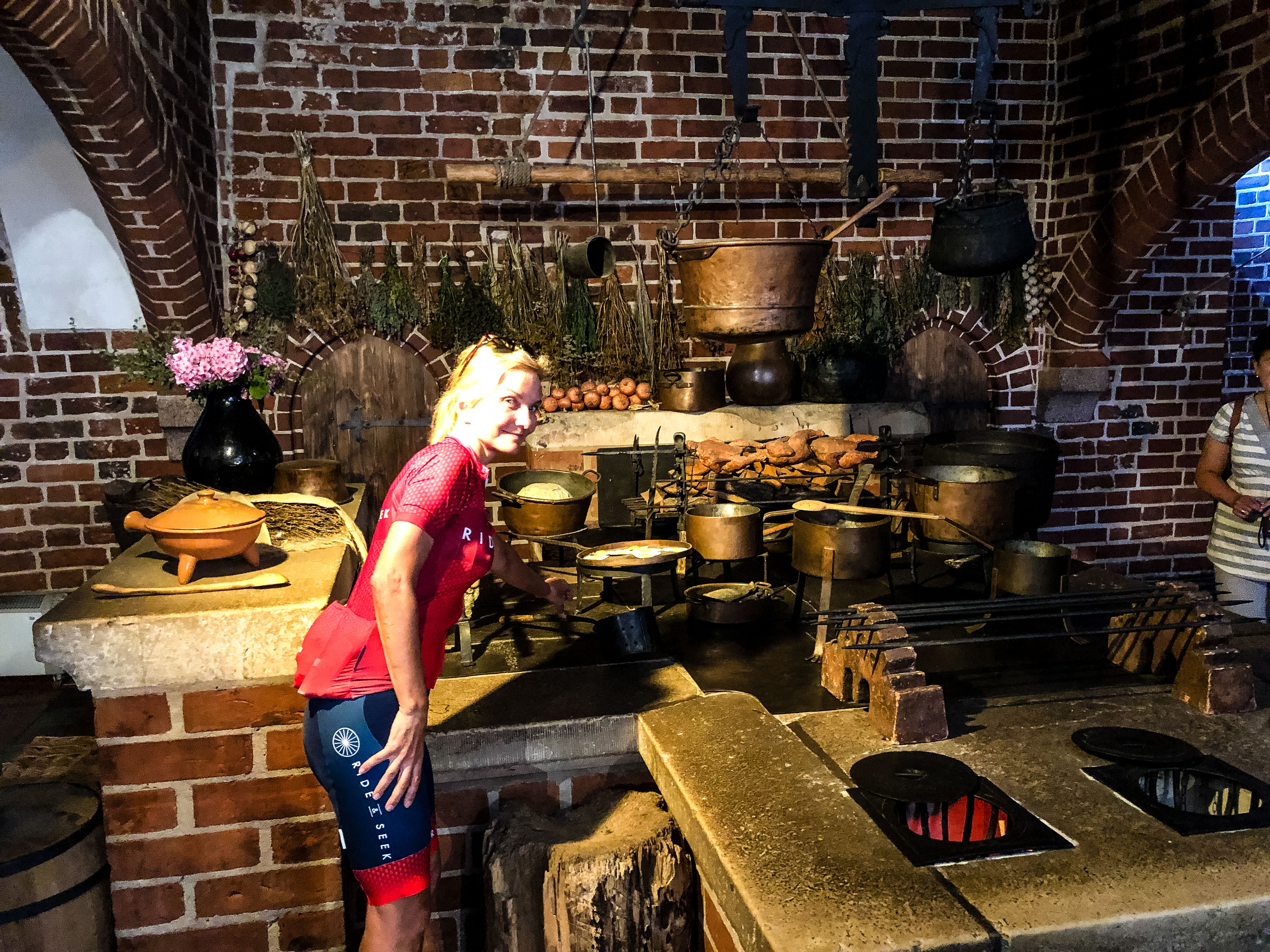
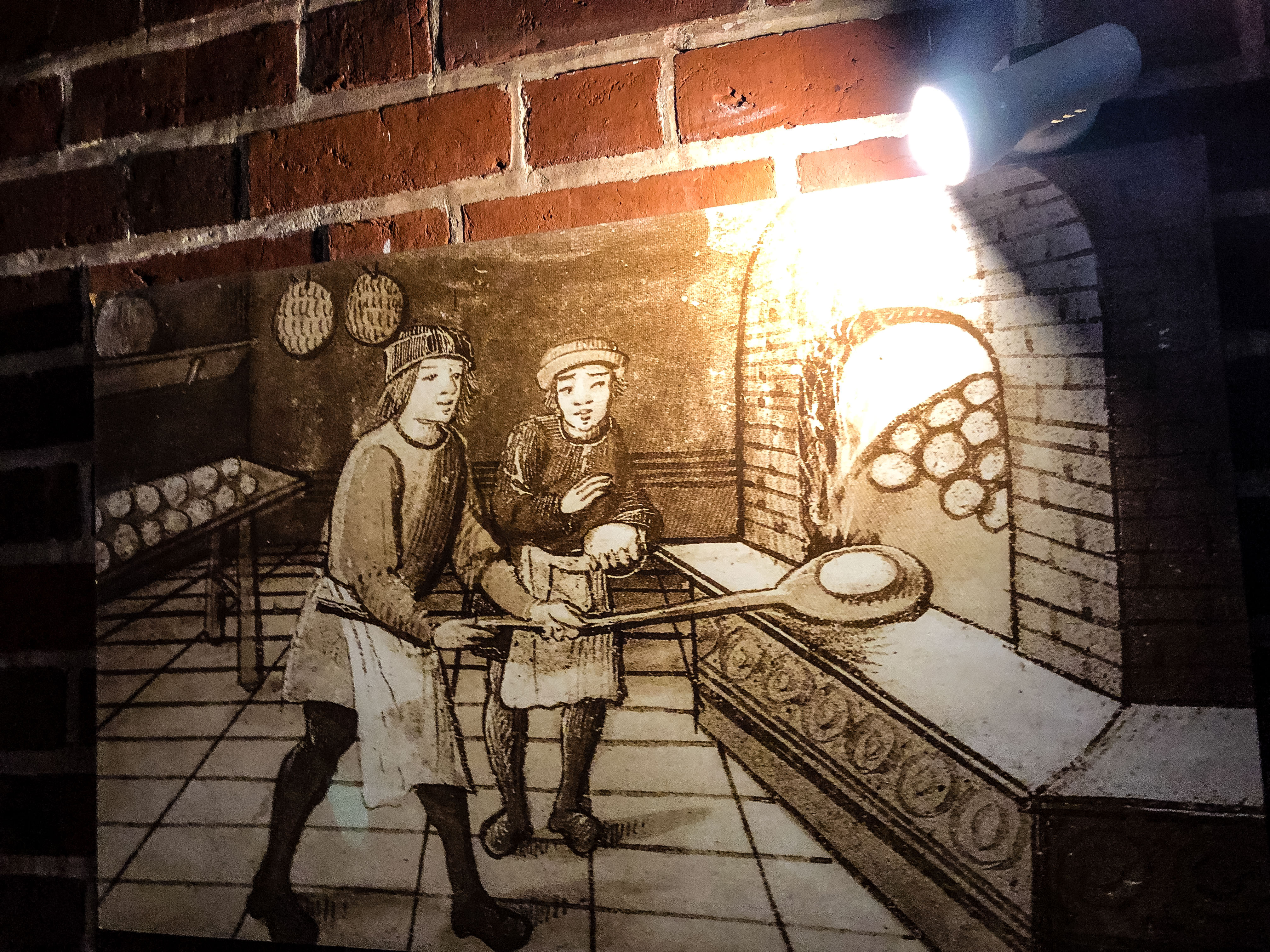
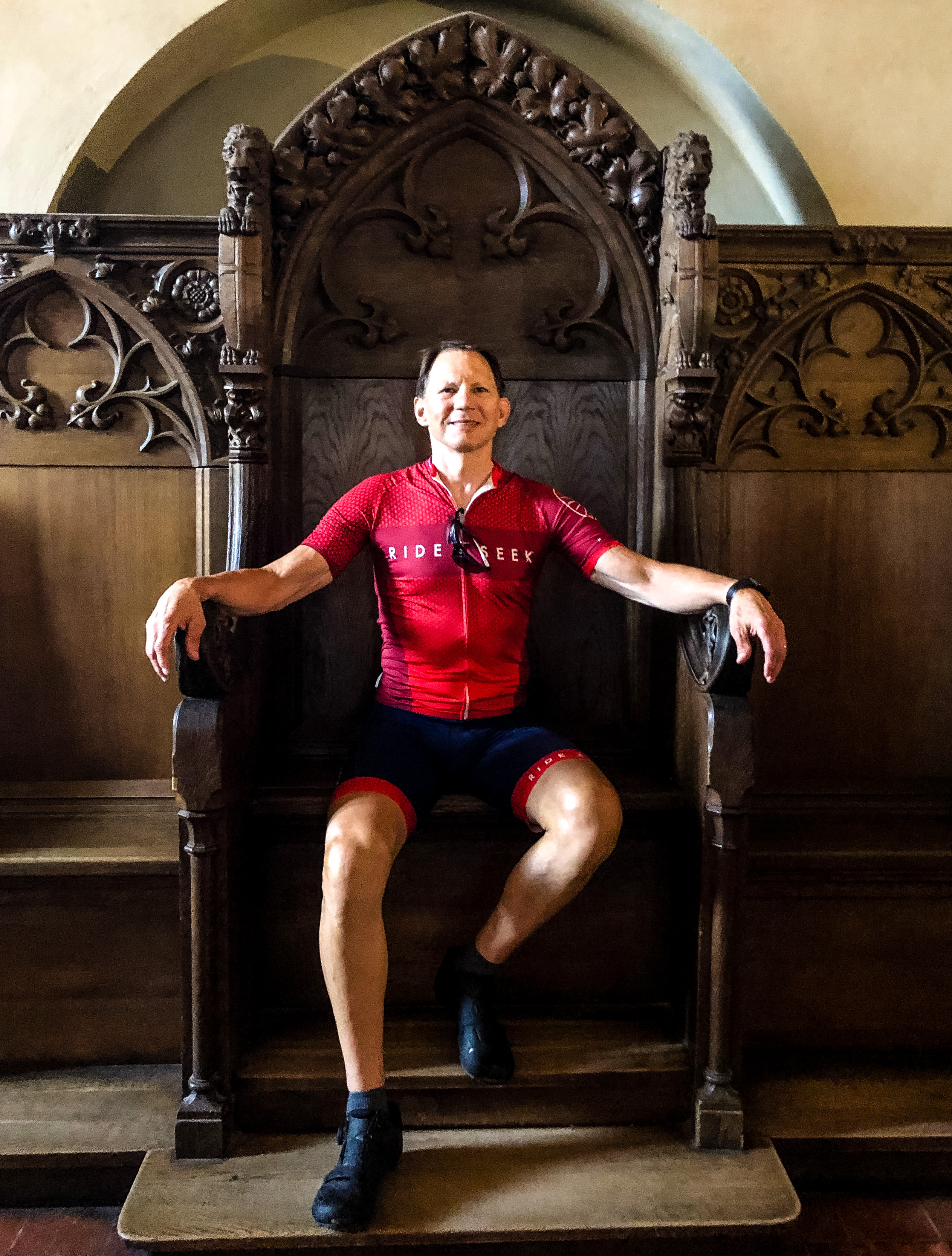
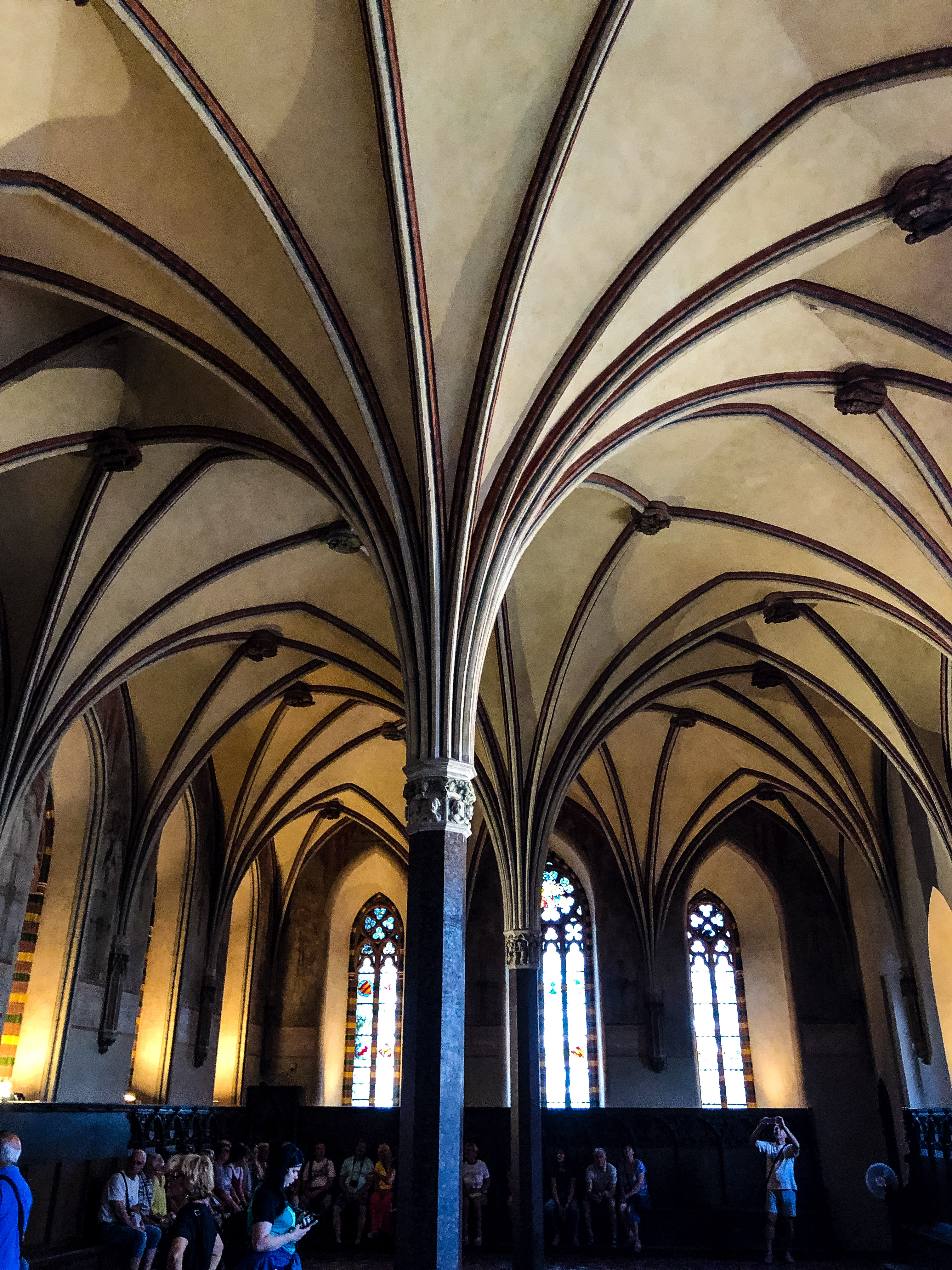
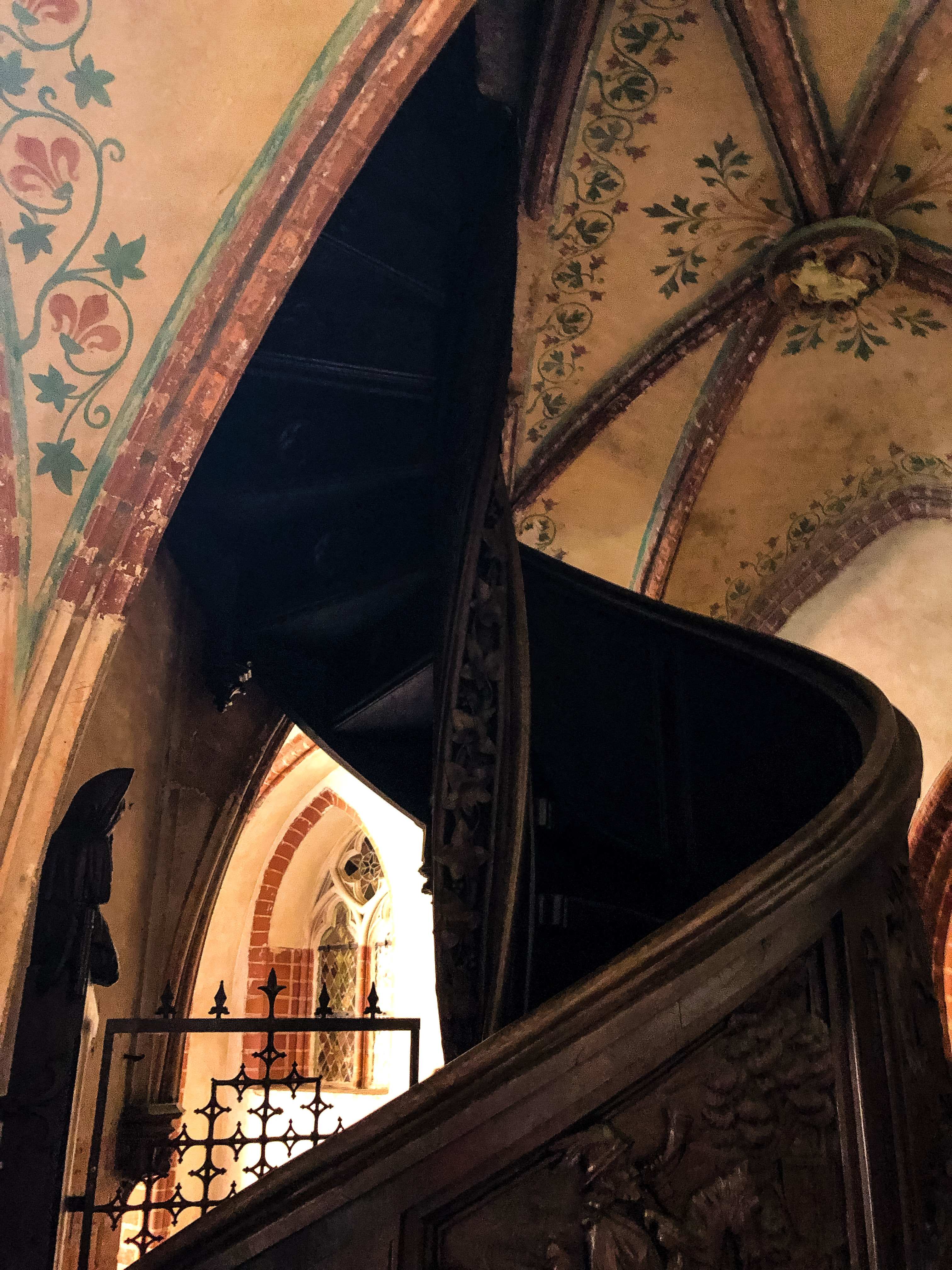
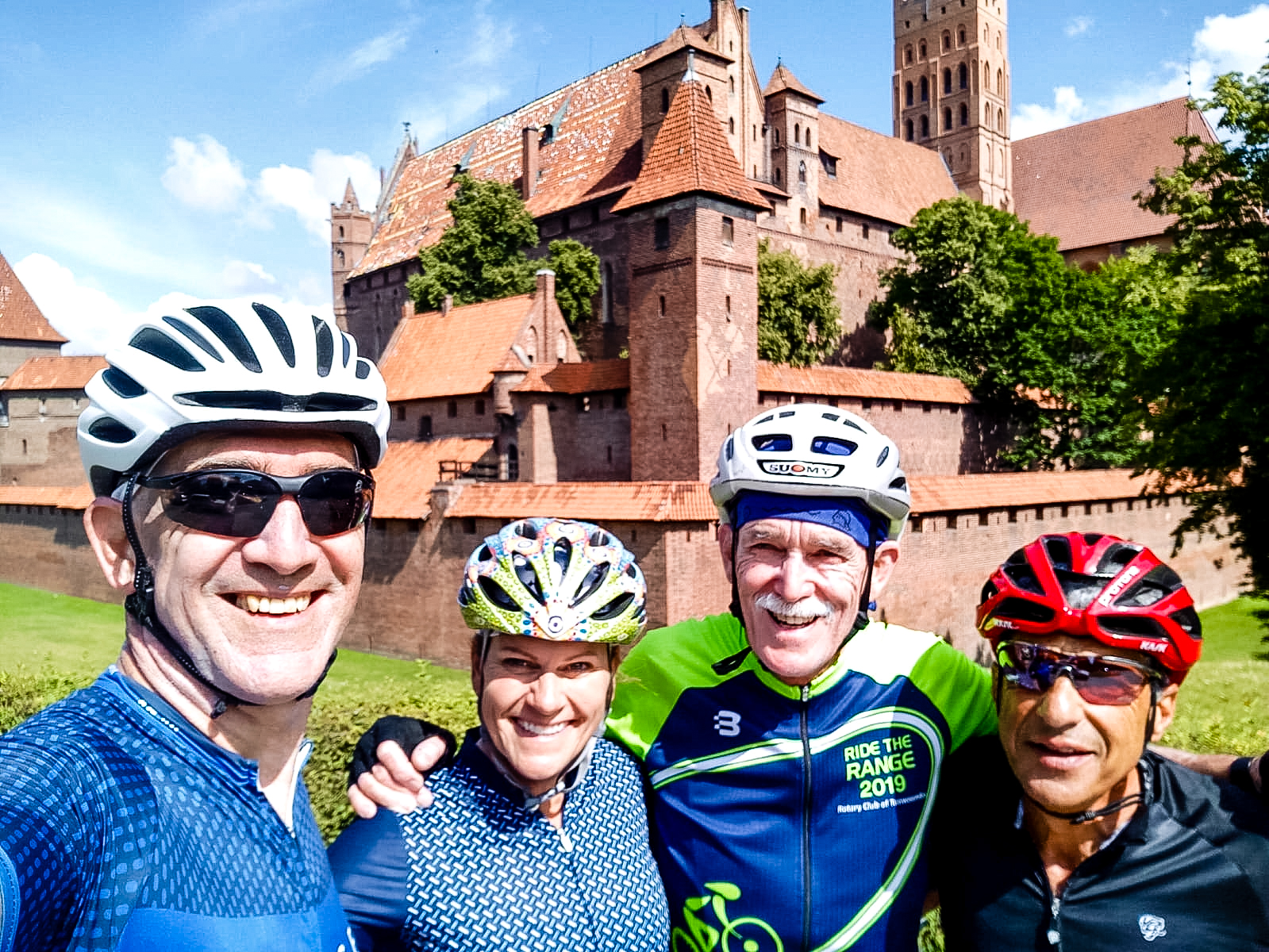
Cycling Onward to Gdańsk
From Malbork we continued north to one of Poland’s jewels – the port city of Gdansk. As with all larger towns, finding a route through that avoids the worst of the traffic wasn’t easy, so we took it easy and gritted our teeth a bit in places. Gdansk is well worth it!!
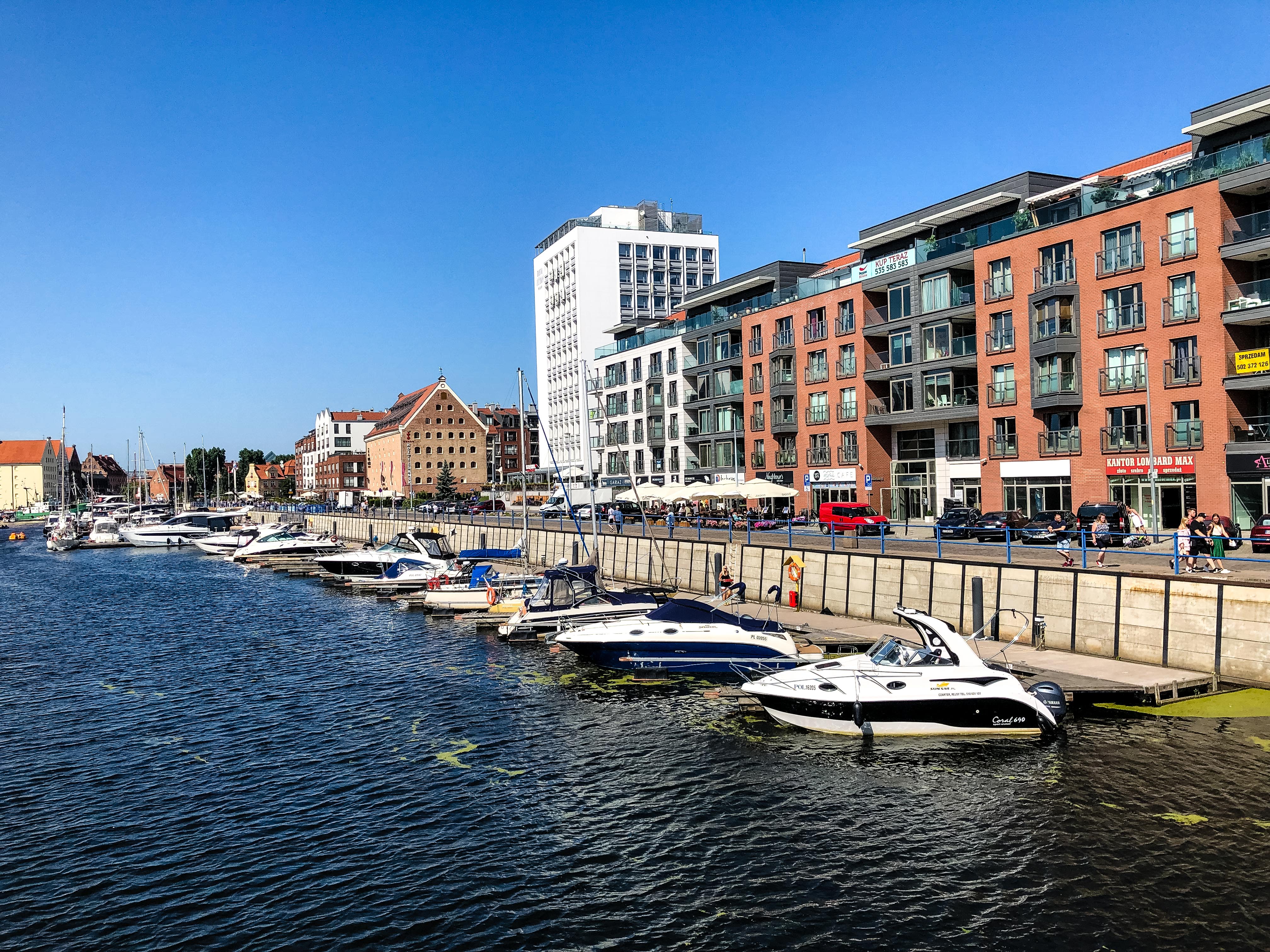
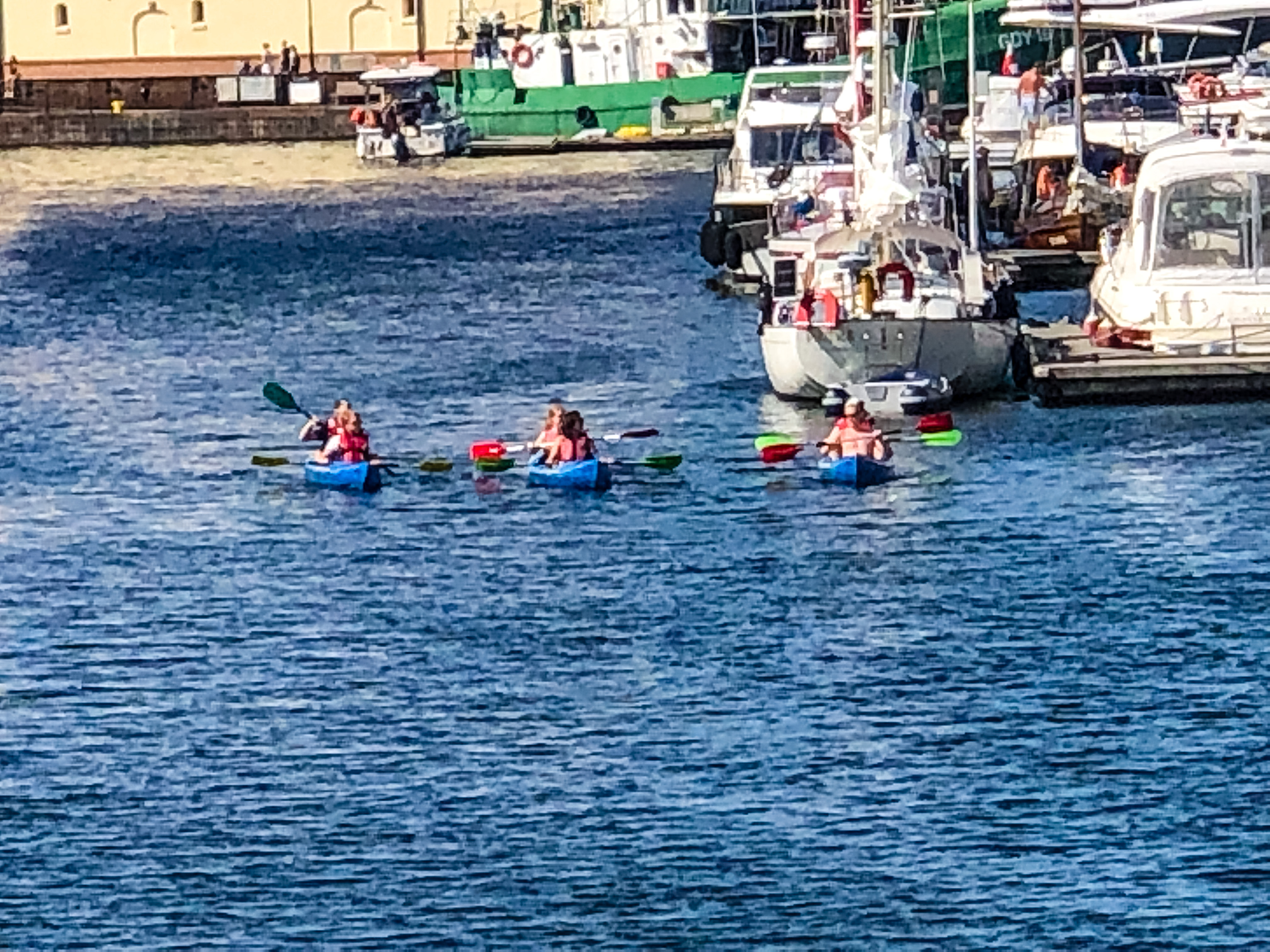
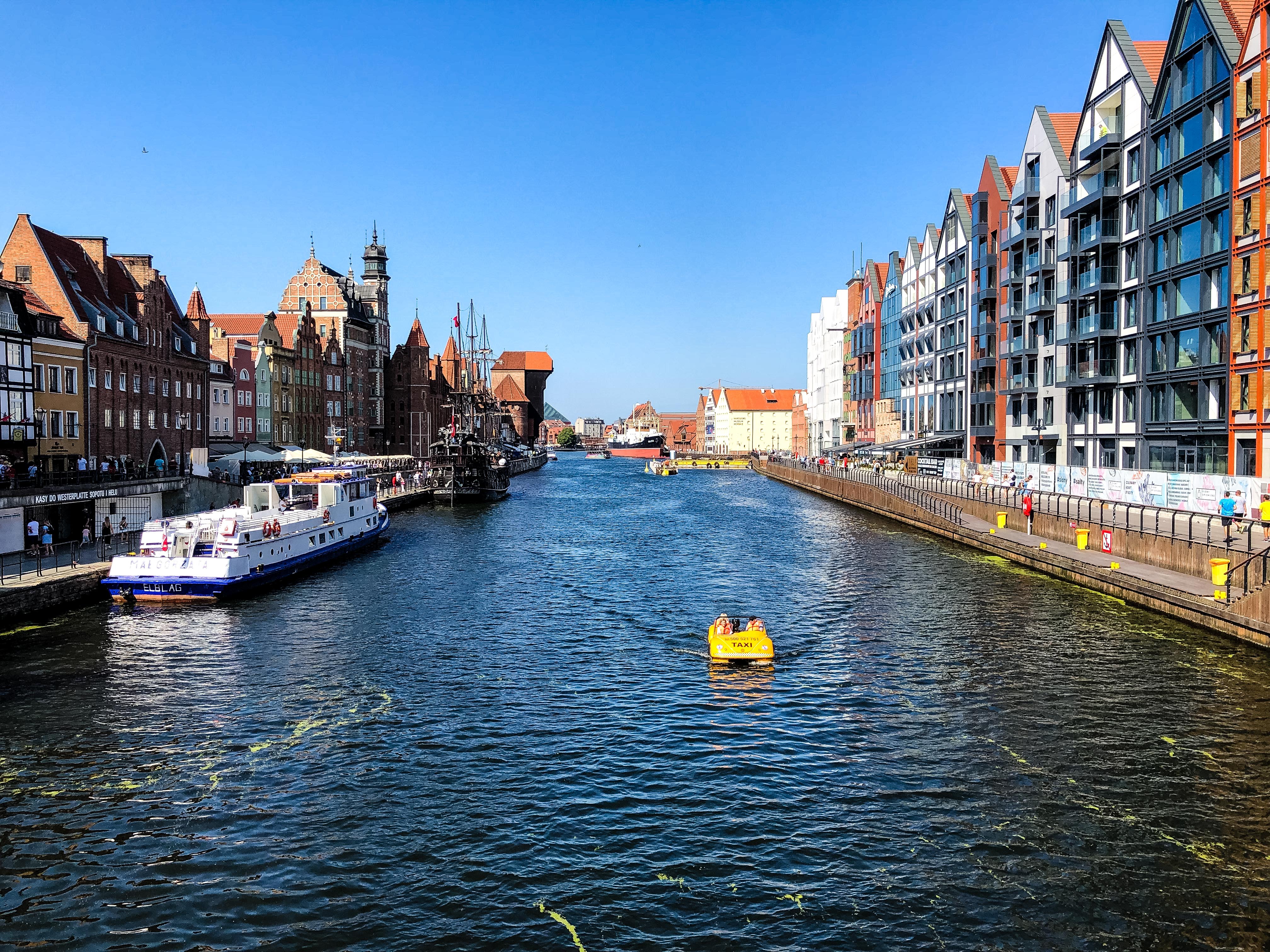
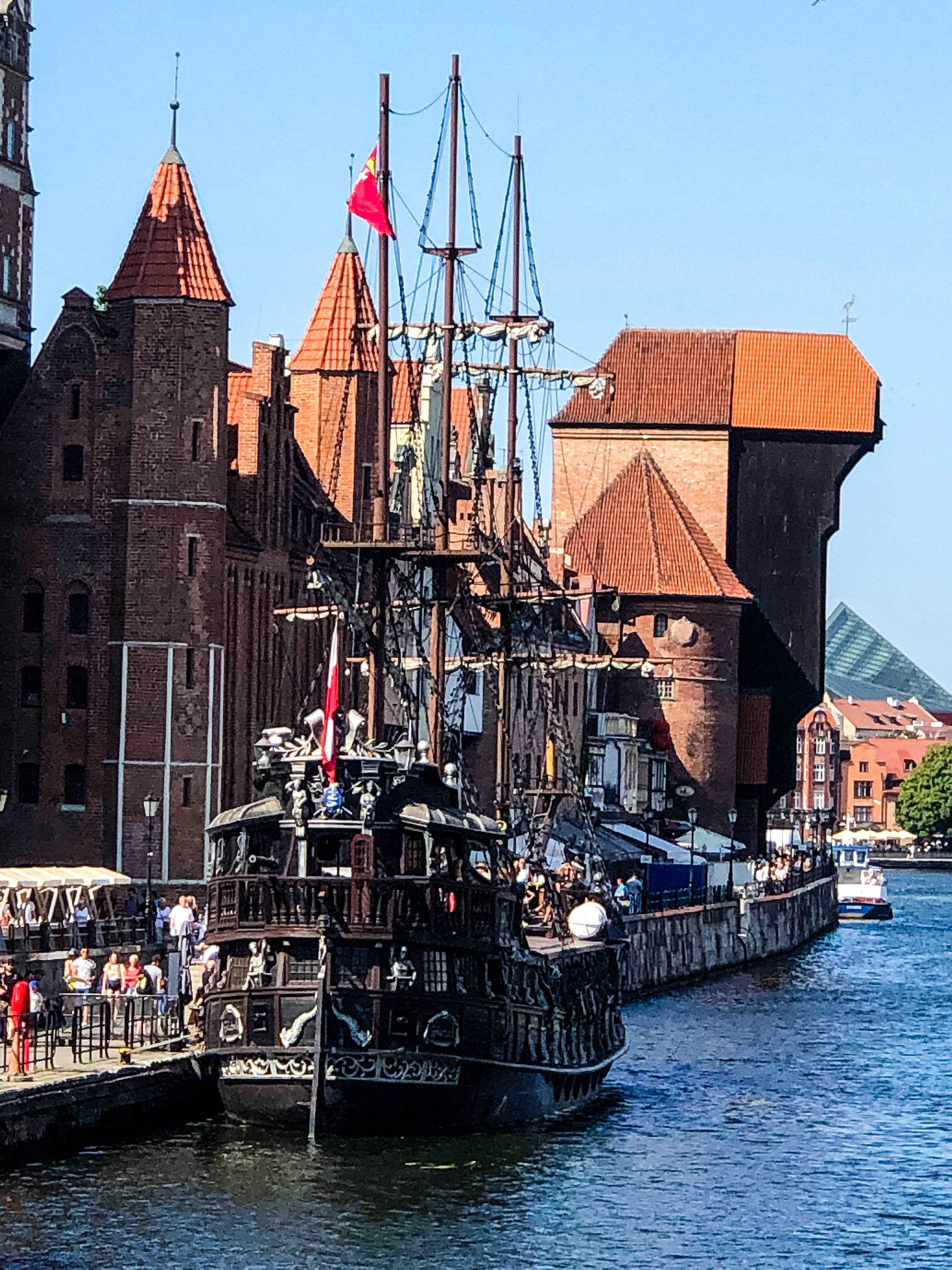
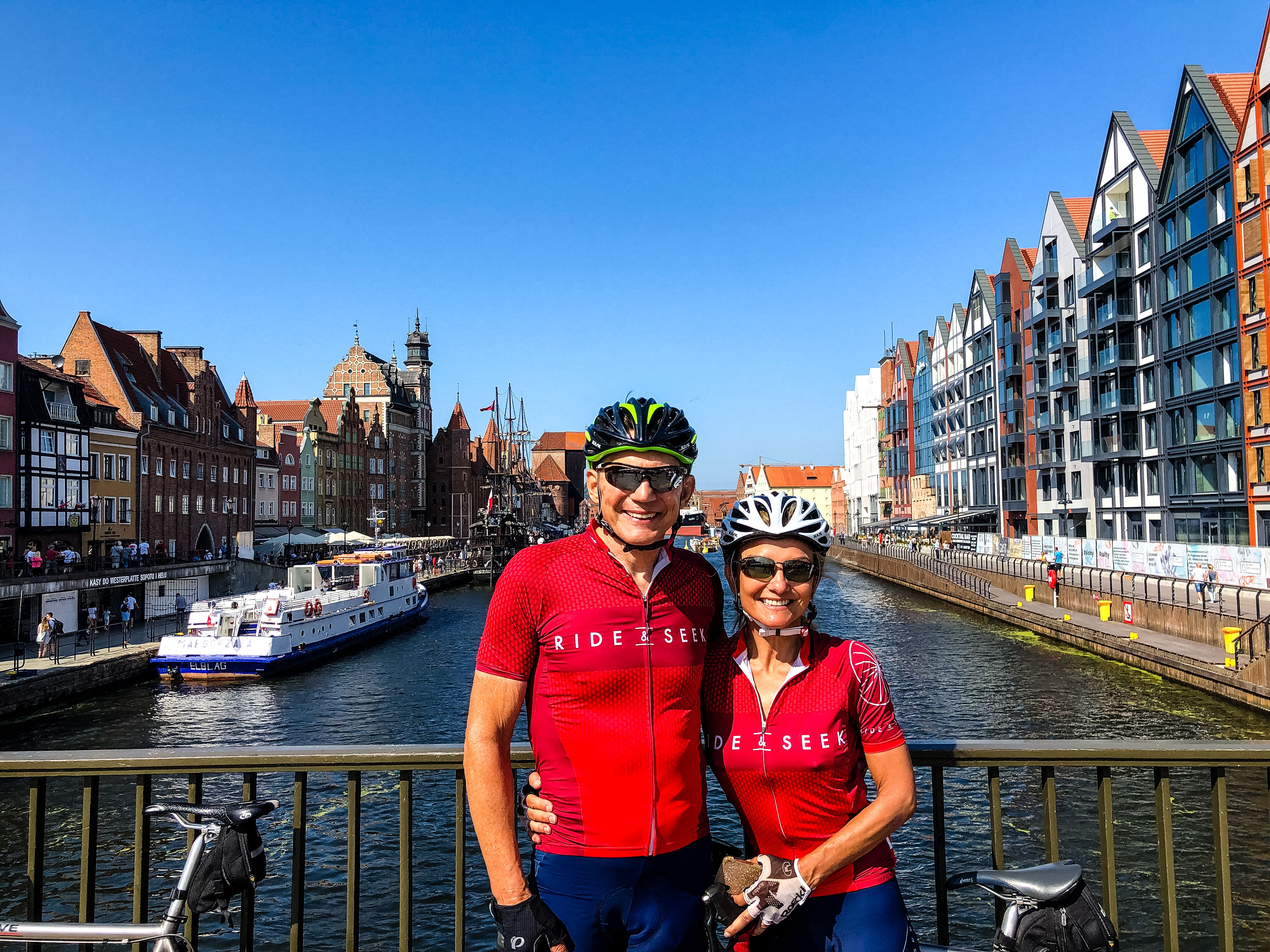

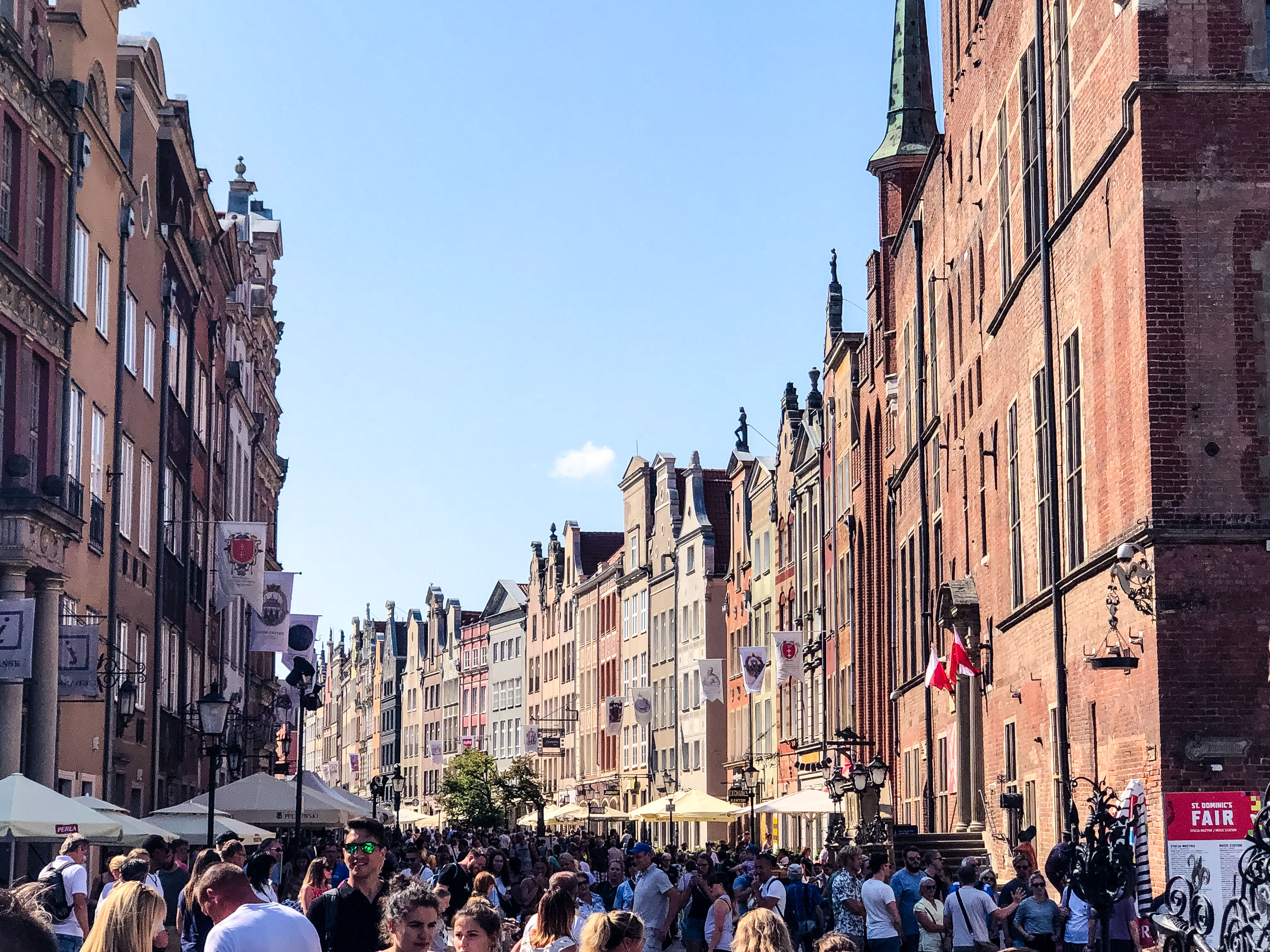


Today’s Route
Tomorrow is a rest day and an opportunity for us to explore Gdańsk in greater detail, so stay tuned for more soon! 😉
